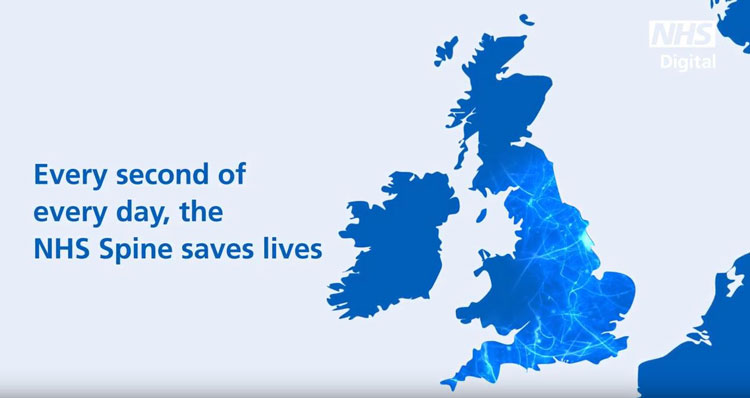NHS doubles its online traffic in two years
Owain Davies, lead product owner at NHS, attributes growth to accessibility, cohesion — and users not spending as long on the website.

Owain Davies, lead product owner at NHS digital, has revealed how the health service transformed its digital platforms over the last two years. Speaking at this year’s Festival of Marketing, Davies explained how the website overhaul focused on users’ needs and accessibility.
NHS Digital covers more than 400 services, such as emails, referrals, and Spine, the NHS’s digital centre point. In 2016, a lot of this content was “disconnected” according to Davies, spread over four websites and 120 transactional sites such as email login pages. “It was several websites, dressed in one trench coat, pretending to be one,” he adds.
User needs
A particular focus was the professional website, which serves NHS staff. This website has seen traffic almost double in daily use, from 15,000 daily users to 26,000.
The previous website was “scatter gun”; it had a lot of text, unnecessary information and links to other pages. It was difficult for people to find information, and for the NHS to convey information at times of urgency such as the Wannacry ransomware attack, which targeted NHS computers in 2017.
The new website, run by the Government Digital Service, is task-focused. “Our users are coming to do something, they’re not browsing,” Davies says. These create a core set of “red routes” for users when trying to find a solution. “These journeys are the ones we don’t want to get in the way of,” he adds.
Working with the NHS means there were some “unusual” features, according to Davies. For example, much of the work is completed at desks, so the website is desktop-first rather than mobile-driven. NHS UK, the public-facing website, is around 80%-90% accessed through mobile.
Accessibility

New accessibility laws mean that public sector websites must have an AA rating, as set out in the Web Content Accessibility Guidelines (WCAG) from the Web Accessibility Initiative (WAI).
“What we found is that the more accessible we made it, the more useable people found it,” Davies says. Whether the visitor is a screen-user, visually impaired, or has broken their arm and can’t use a mouse, the website had to be flexible. This was achieved through a simplification of services.
The number of PDFs on the website has been reduced from 12,000 to a few hundred, which is more HTML-friendly, as well as better for search engine optimisation (SEO). There are no banner ads, or “cross-sells”, which would distract users.
AAA accessibility ratings (the highest level) rose from 53% in April 2018 to 98% in October 2019. Meanwhile the percentage of pages without priority accessibility issues went from 36% to 100% in that same time period.
A simpler interface is not simply down to layout however; it is also a result of the content. “Content is often overlooked in terms of accessibility,” Davies says. “We had templates with AAA rating and as soon as we loaded the data, it dropped. The content wasn’t fully accessible.”
Content on the public-facing website is written so that eight-year-olds can understand it, while content on the professional-facing website is written for 12-year-olds. People, even experts, prefer reading information in simpler terms, according to Davies.
“We’re used to talking technically, so making sure we talk in simple way is a challenge,” Davies says.
“A good journey might not need our site at all”
While traffic is up, the time spent on pages is down, which Davies attributes to the simplicity he has tried to instill. In fact, Davies says that his job is sometimes done when users don’t visit the website at all.
“A good journey might not need our site at all,” Davies says. “If users can get their answer from rich snippets in Google, that’s a great result,” he adds.
That user journey wouldn’t work on a content-based which relies on clicks, but for Davies, it means that the users have been able find what they need as quickly as possible.
-
Post a comment




